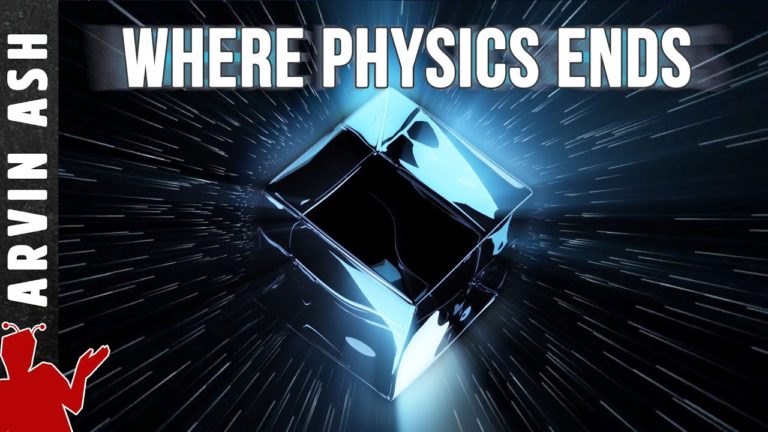How 4 fundamental constants reveal minimum scales where physics ends: Planck scale
How the Planck scale is derived from the most important fundamental constants in physics. This is where our physics ends. If you wanted to simulate the universe in a computer, you would need to enter about 26 fundamental constants.
15 of these are the rest masses of the fundamental particles of the standard model. 4 are the quark mixing parameters, required to describe the weak nuclear force. 4 are the neutrino mixing parameters. Cosmological constant describing the acceleration present in the universe’s expansion. fine structure constant which describes strength of the electromagnetic force, and the strong coupling constant – which defines the strength of the strong nuclear force.
But 4 are special fundamental constants apply to everything everywhere. The gravitational constant G – It can be thought of as the proportionality factor between the strength of gravity and the masses creating that gravity. It has units of length cubed divided by mass times time squared.
The speed of light, C is like a conversion factor between Mass and energy, or a conversion factor between the time dimension and the three spatial dimensions of our 4 dimensional universe.
Planck’s constant is the fundamental constant that sets the minimum scale of quantum phenomenon. It can be found in just about any quantum mechanics equations. It has units of mass times distance squared divided by time.
Boltzmann’s constant plays a role in determining the amount of vibrational energy contained in the atom related to temperature. It is just the definition of the energy contained in one degree Kelvin and has units of energy per degree.
Using just 3 constants, G, c, and h we can get many Planck scale limits. If we manipulate them mathematically, we get a length. which is the Planck length. It is the minimum length that would be meaningful in quantum mechanics. :
We also get time, which is the Planck time. It is the minimum time that can exist that would be meaningful in quantum physics.
We also get energy by rearranging some of these constants. This is the Planck energy- the maximum energy that could be contained in a cube that had a size of one Planck length.
We can convert this Planck energy into mass by using Einstein’s equation. This represents the maximum mass that a cube of one Planck length could have.
Since these numbers are ubiquitous in physics, physicists often just use what’s called natural units, and set these constants equal to one.
What is the significance of the Planck scale? The Planck length is the shortest length that means anything in the equations of quantum mechanics. This is not to say that something smaller doesn’t exist.
It is the smallest scale that we can theoretically probe with particle accelerators. If string theory is true, then the strings would be as small as the Planck length, and would also be the smallest size of the loops in loops quantum gravity.
Strings would vibrate at minimum time scales of the Planck time. The movement of the spin network in LQG would occur in increments of Planck time. Planck time is the time it takes for light to travel one Planck length.
We have no idea what occurred prior to this time, nor do we have a model for what could have occurred.
Using the word before may in fact be meaningless because time itself started at this point. This would be the true beginning of creation. What lies below the Planck scale? It could be a kind of quantum foam where gravity could fluctuate or be in superposition.
Could space-time be in superposition like other quantum phenomenon? Perhaps, but this would violate some of the current understanding of gravity.
Planck energy converted to Planck mass is really a lot of mass equivalent to energy in a tank of gasoline or petrol in your car.
Some people have used the precision of the constants to argue for fine tuning, that any slight variation would have resulted in conditions which could not have created matter, or life as we know it.
Others counter this argument by saying that, the universe isn’t all that fine tuned for life because by all accounts, almost all the volume of the universe supports no life. Life only occurs on a very limited volume of the universe, namely on very special planets that have just the right conditions.
Do not forget to share your opinion with us to provide you with the best posts !




0 Comments